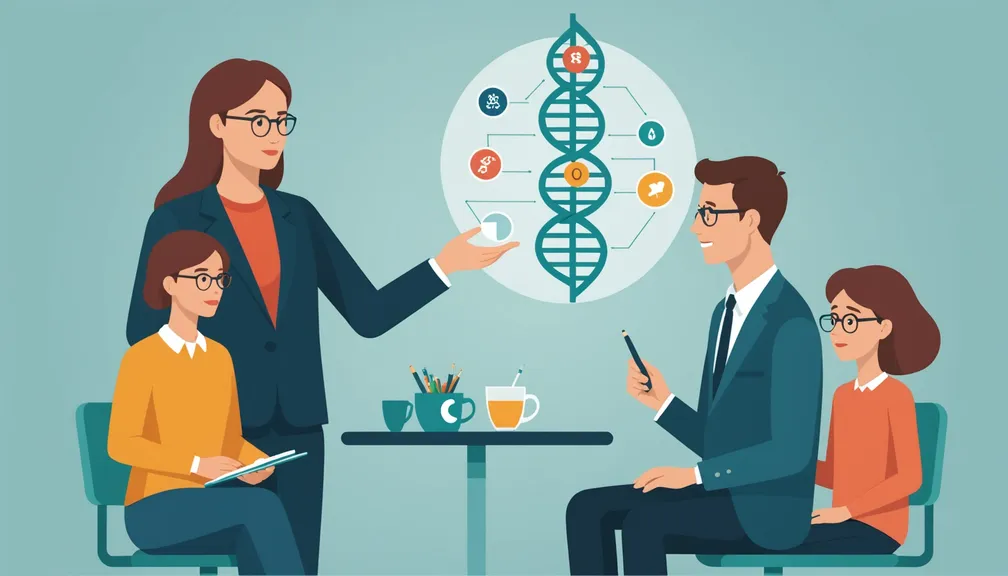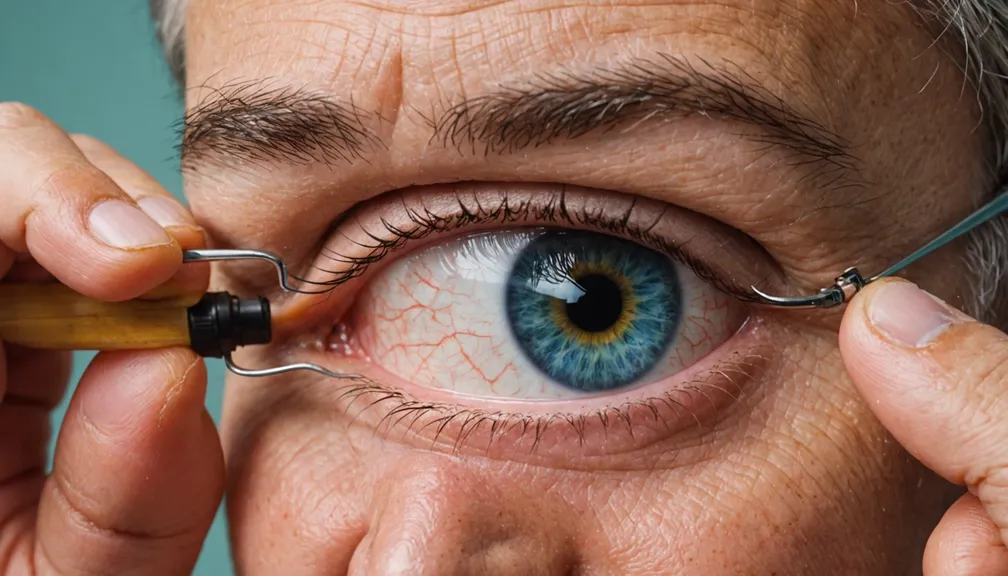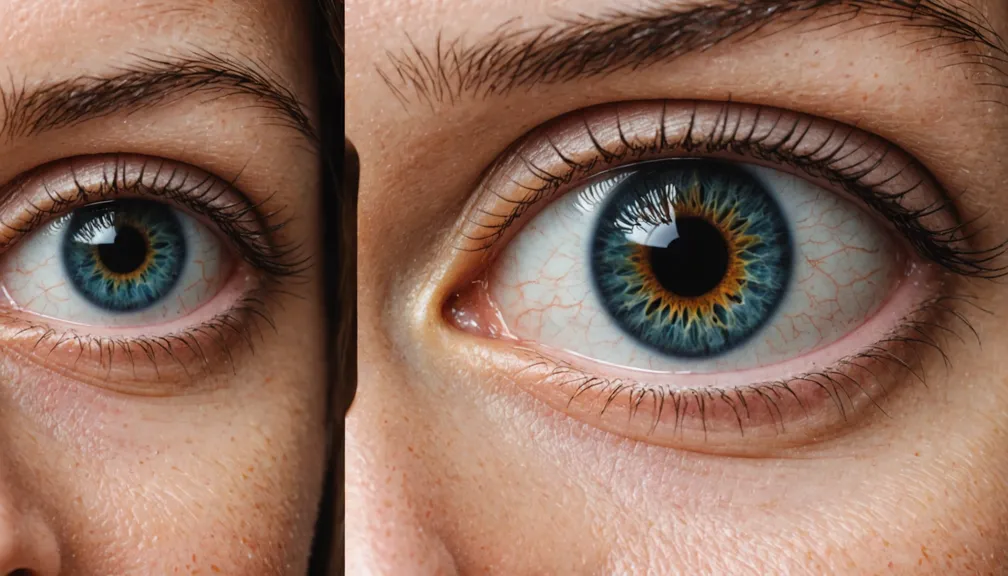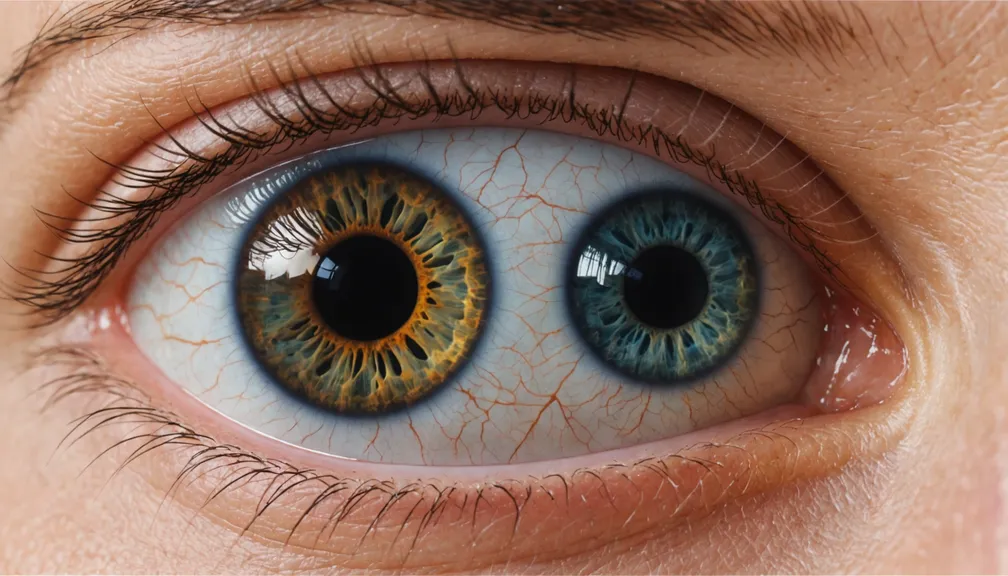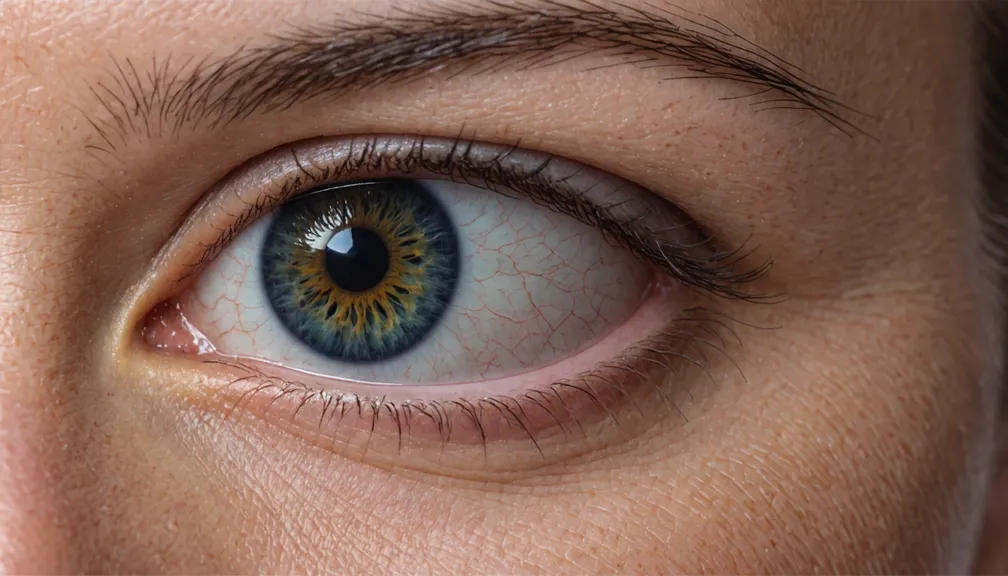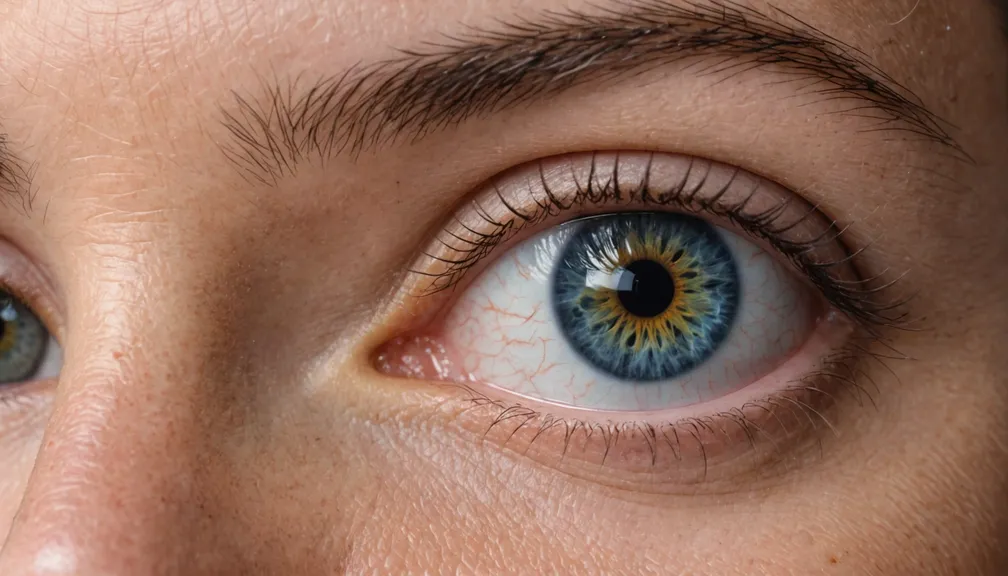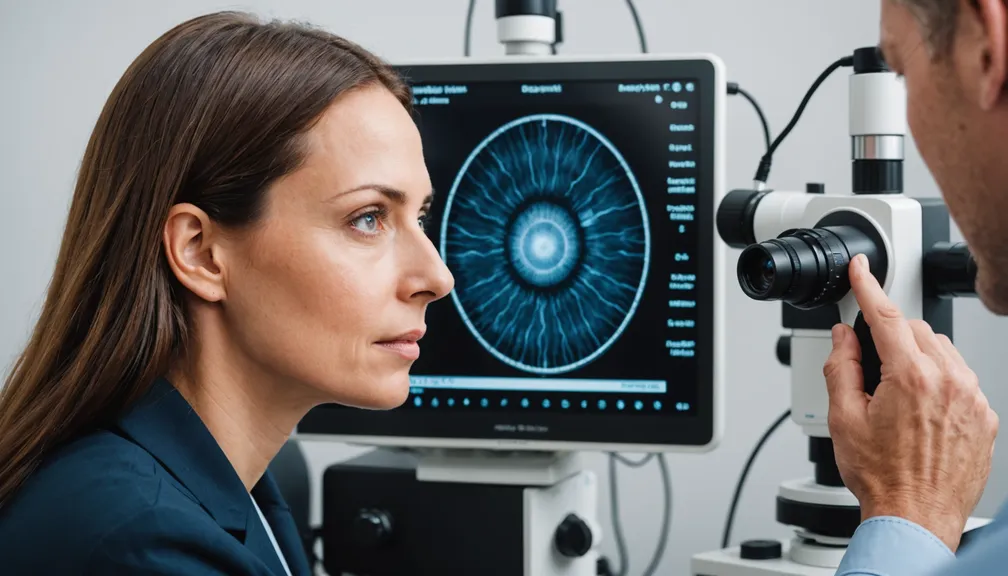Anatomy of the Eye: How We See
Understanding how our eyes work can help you better grasp how rare eye diseases affect vision. This lesson will guide you through the basic anatomy of the eye, the process of seeing, and how certain rare conditions can impact these functions.
1. Overview of the Eye’s Anatomy
External Structures
- Cornea: The clear, dome-shaped surface that covers the front of the eye. It helps focus incoming light.
- Sclera: The white part of the eye that provides structure and protection.
- Iris: The colored part of the eye that controls the size of the pupil and regulates the amount of light that enters.
- Pupil: The black circular opening in the center of the iris that allows light to enter the eye.
- Eyelids and Eyelashes: Protect the eye from debris and help spread tears evenly across the surface.
Internal Structures
- Lens: Located behind the iris, the lens further focuses light onto the retina.
- Retina: The light-sensitive layer at the back of the eye that converts light into electrical signals.
- Optic Nerve: Transmits visual information from the retina to the brain.
- Vitreous Humor: The gel-like substance filling the eye, maintaining its shape and supporting the retina.
2. The Visual Process
How Light Enters the Eye
- Light Entry: Light enters the eye through the cornea, which begins the focusing process.
- Pupil Regulation: The iris adjusts the size of the pupil based on light conditions, controlling the amount of light that enters.
- Lens Adjustment: The lens changes shape to fine-tune the focus, ensuring a clear image on the retina.
Image Formation
- The cornea and lens work together to bend and focus light rays, creating a sharp image on the retina.
- The retina converts these light rays into electrical signals through specialized cells called photoreceptors (rods and cones).
Signal Transmission to the Brain
- The optic nerve carries the electrical signals from the retina to the brain.
- The brain interprets these signals, allowing us to perceive images, colors, and motion.
3. Common Rare Eye Diseases and Their Impact
Retinitis Pigmentosa
- What It Is: A group of genetic disorders that cause progressive loss of vision due to the breakdown of photoreceptor cells in the retina.
- Symptoms: Night blindness, loss of peripheral vision, and, in advanced stages, complete blindness.
- Impact: Gradual vision loss can affect daily activities and independence.
Leber's Congenital Amaurosis
- What It Is: A rare genetic eye disorder that causes severe vision loss at birth or in the first few months of life.
- Symptoms: Poor visual tracking, light sensitivity, and significant vision impairment.
- Impact: Early onset affects development and quality of life from a young age.
Stargardt Disease
- What It Is: An inherited form of macular degeneration that affects central vision.
- Symptoms: Blurred or distorted central vision, difficulty reading, and recognizing faces.
- Impact: Challenges with tasks that require detailed vision, impacting daily living.
Usher Syndrome
- What It Is: A genetic disorder that affects both hearing and vision.
- Symptoms: Progressive vision loss due to retinitis pigmentosa and varying degrees of hearing loss.
- Impact: Dual sensory impairment can complicate communication and mobility.
4. Recognizing Symptoms of Eye Diseases
Early Warning Signs
- Difficulty Seeing in Low Light: Struggling to see at night or in dim environments.
- Loss of Peripheral Vision: Reduced ability to see objects at the sides without turning your head.
- Blurry or Distorted Vision: Images may appear unclear or wavy.
- Light Sensitivity: Discomfort or pain in bright light conditions.
- Frequent Need for Bright Lighting: Needing more light than usual to see clearly.
When to Seek Medical Help
- Sudden Vision Changes: Any abrupt alteration in vision warrants immediate attention.
- Persistent Eye Pain: Ongoing discomfort or pain in the eyes should be evaluated by a professional.
- Difficulty with Daily Activities: Struggling with tasks like reading, driving, or recognizing faces may indicate a problem.
- Family History of Eye Diseases: If close relatives have rare eye conditions, regular check-ups are essential.
5. Managing Eye Health with Rare Diseases
Treatment Options
- Medications: Certain drugs can slow the progression of some eye diseases.
- Gene Therapy: Emerging treatments aim to address the genetic causes of specific conditions.
- Low Vision Aids: Devices like magnifiers or specialized glasses can help maximize remaining vision.
- Surgical Procedures: In some cases, surgery may be necessary to address complications or improve vision.
Lifestyle Adjustments
- Regular Eye Exams: Early detection can help manage symptoms and slow disease progression.
- Healthy Diet: Nutrients like vitamins A, C, E, and omega-3 fatty acids support eye health.
- Protective Eyewear: Wearing sunglasses and protective glasses can prevent additional eye damage.
- Adaptive Techniques: Learning strategies to adapt to vision loss can maintain independence and quality of life.
6. Healthcare Professionals Who Can Help
Ophthalmologists
- Role: Medical doctors specializing in eye and vision care, capable of performing surgeries and prescribing treatments.
- When to See One: For comprehensive eye exams, diagnosis of eye diseases, and treatment plans.
Optometrists
- Role: Healthcare professionals who provide primary vision care, including eye examinations and prescribing corrective lenses.
- When to See One: For routine eye exams, vision correction, and initial evaluation of eye symptoms.
Genetic Counselors
- Role: Specialists who provide information and support regarding genetic eye diseases.
- When to See One: If there's a family history of genetic eye conditions or for guidance on genetic testing.
Low Vision Specialists
- Role: Professionals who help individuals make the most of their remaining vision through training and adaptive devices.
- When to See One: When vision loss affects daily activities, to learn strategies and tools for improved functionality.
Support Groups and Therapists
- Role: Offer emotional support and coping strategies for individuals and families dealing with vision loss.
- When to Engage: At any stage of diagnosis and treatment to support mental and emotional well-being.
Managing rare eye diseases involves understanding how your eyes function, recognizing symptoms early, and seeking comprehensive care from specialized healthcare professionals. By staying informed and proactive, you can take meaningful steps to maintain your vision and quality of life.
